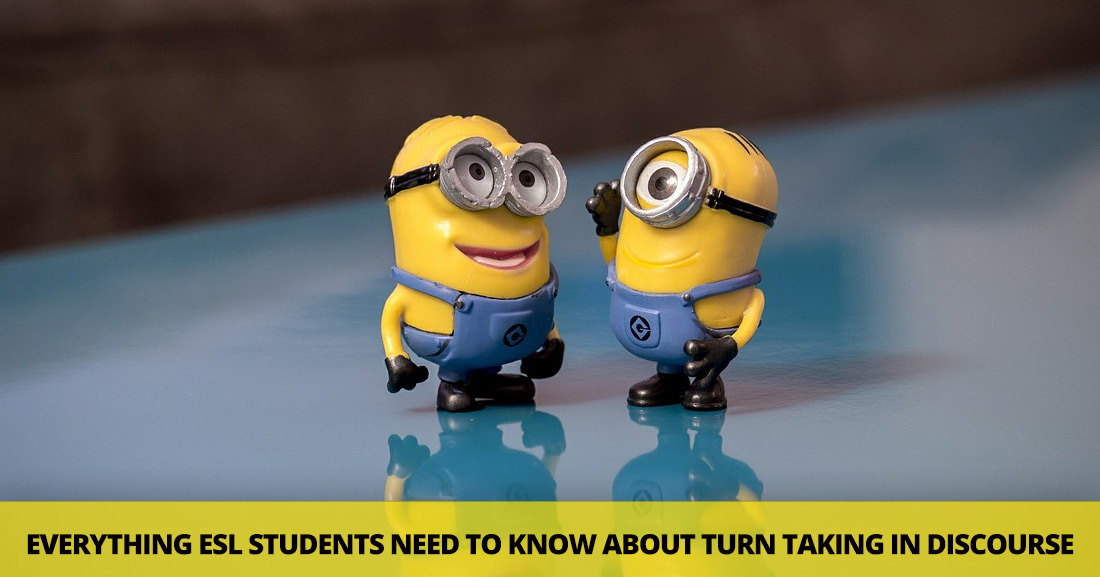Getting Students In on the Action: 6 Tips for Promoting Active Listening in Class


They teach grammar, vocabulary, reading…the pieces of language students need to know. But what can get laid by the wayside, even for the best of teachers, is an aspect of language not so easily diagramed in a text book. Discourse. Discourse is simply language used in conversation. Yes, ESL students spend lots of time talking to one another in class, doing speaking activities and such. But just because two people are speaking doesn’t mean they are having a conversation, especially when it’s prompted by the textbook. So how does an ESL teacher begin to address discourse skills in the classroom?
Here are some tips and strategies you can teach your students for navigating discourse successfully in English.
Good conversation has certain qualities. Some qualities are shared by many cultures, and others are less common. Native English speakers tend to have some common expectations when it comes to conversation. ESL teachers cannot assume their students know these expectations, so it’s worthwhile to go over them with your class. Here are some of the expectations you should review with your ESL students to prepare them for successful discourse with native speakers.
Not that your students know what good discourse looks like in English, here are some tools they can use to practice it.
To give your students some life-like discourse practice, try the following activities.
Use these tools to help them know what to expect in conversation and how to navigate its waters.